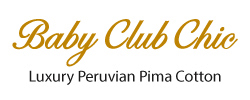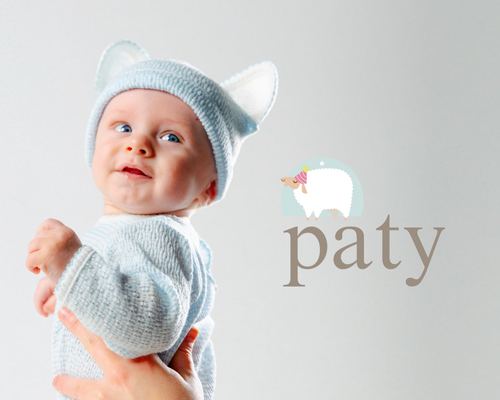Zhili has managed to free itself from the clutches of some of the crudest forms of industrialization and return to its ancient roots that lay in weaving, knitting and pastoral settings.
December 4, 2019 – Money Control – Today, Zhili town is the largest center in China for making children’s garments. The town and its surroundings exhibit lush greenery, ever-flowing streams and clean roads. But it wasn’t always so.
Located in the hinterland of China’s Yangtze river delta economic circle, Zhili town covers an area of 90 square kilometres with a permanent resident population of more than 450,000. It squats in the midst of three waters – the Tau Tang in the South, Taihu lake in the North, and Beihengtang in the middle. True to the adage that water breeds life, the region developed ancient water systems. In 2016, the neighbouring Yigao village was selected as a model irrigation village by the World Heritage Foundation. This village was famous for its weaving, and water transport through the nearby Hujiong harbour gave it access to markets.
But in between the past and the present came short-sighted industrialisation. Three decades ago, the area known as Zhili and the adjoining Yu village in Zhejiang province were hostages to some of the crudest forms of industrialisation. Many still remember that there used to be a 30,000-square-meter quarry in the vicinity. It had abandoned its ancient roots that lay in weaving, knitting and pastoral settings. It used to embrace embroidery, shipbuilding, book printing and book trading industry in older times.
Then the community, with support from the local government, took over through careful planning and social governance. Both decided to go back to the roots. Zhili was known for its flourishing weaving industry in history. Thanks to social governance, government funding, startup schemes with financial incentives and accompanying tax laws, they decided to develop the areas as a Children’s wear centre., Zhili has today emerged as the world’s largest production base for children’s wear.
Read more at Money Control.


















